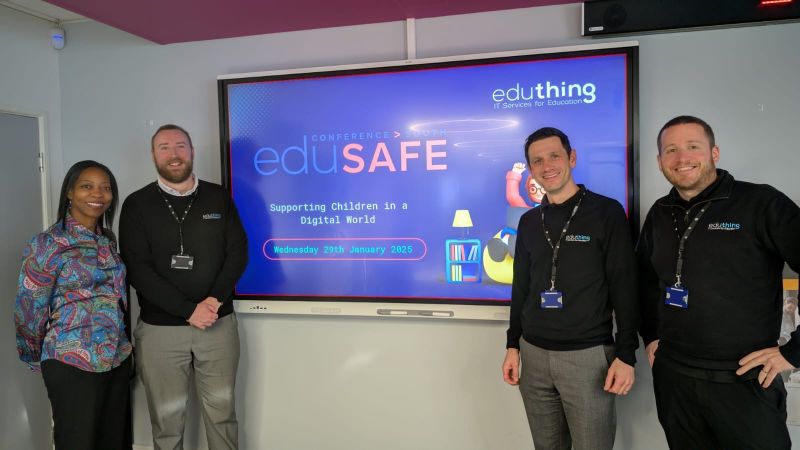Against a backdrop of Gigabit Cities, Smart Cities and Interconnected Cities, comes the issue of navigating the digital world, this means being a safe and responsible user of tech and also understanding the growth and risks within the cyber world.
Online Safety vs Cyber Security
Before I go any further, there are two terms I will clarify:
The term Online Safety looks at what an individual needs to do and be aware of to keep themselves safe online, Online Safety is about protecting individuals (especially children and vulnerable users) from harmful content, interactions or behaviours online and it focuses on personal safety, digital well-being and responsible internet use.
It includes:
- Avoiding cyberbullying, scams and online predators
- Managing privacy settings and digital footprints
- Recognising misinformation and harmful content
- Practicing responsible social media use
The term Cybersecurity relates to the industry that focuses on protecting systems, networks and data from attacks, breaches and unauthorised access. It involves technical measures to secure information and digital infrastructure.
It Includes:
- Preventing hacking, malware, phishing and data breaches.
- Using strong passwords, encryption and multi-factor authentication.
- Securing devices, networks and cloud systems.
- Implementing firewalls and antivirus software.
As educators we need to be aware of both terms, as we work with learners.
Digital Services we access
At the annual EduSafe Conferences, we shine a light on Online Safety and provide attendees with resources to support this topic within individual settings. At the conferences I have referred to this “Periodic Table of Internet elements”, as a conversation starter around how much of our lives utilise “online and digital”, I encourage you to reflect upon this point as you view the image below.

The Bigger Picture of Online Safety in a Connected World
Moving on, the government has big plans under Project Gigabit, which will see hard to reach communities gain access to fast, reliable gigabit-capable broadband, by 2030. With this will come great benefits but also increased risks.
Going far beyond individual devices like smartphones or computers, there will be greater need to secure vast interconnected systems and infrastructures that rely on digital communication for everyday functioning. These systems can include everything from transportation networks and utility grids to healthcare services and public security.
Across the country, data is constantly being collected and analysed to improve services (e.g., traffic management and energy efficiency). This data needs to be protected to ensure residents’ privacy.
Then there are IoT (Internet of Things) devices from Smart street lighting to public WiFi networks, keeping all of these secure is important for safety of communities across the country, especially as many aspects of our lives involve online activities, in which our personal data is transmitted.
How will these systems be kept Safe and Secure?
Changing Jobs
With all of this change, comes the hot topic of jobs. I am sure you have heard that tech is taking away jobs. However, with the transition to a more digital world, there will be continued opportunities for careers in growth areas like Online Safety and Cybersecurity. For example,
- Setting security standards for connected devices to prevent unauthorised access or hacking
- Data laws to prevent misuse of citizen data, along with transparency around how data is collected , processed and stored
- Disaster planning for risks posed in a fully connected world
- Public awareness and increased education around digital literacy/online safety
Educators can play a part in developing both a solid foundation of understanding and also the much required pipeline of young people to pursue a STEM career.
Support for you
To support your teaching and leading of Computing,
Initiatives which will support the curriculum:
- National Charity Tech She Can also have LIVE lessons, resources and activities with a Cyber security focus (suitable for Primary audiences).
- Initiatives from the National Cyber Security Centre (NCSC)
- Cyber Sprinters (ages 7 – 11)
- Cyber Explorers (ages 11 – 14)
- CyberFirst Girls (ages 11 – 14)
- CPD – EduSafe Days – for teachers to get up to speed on Online Safety
Also not forgetting that as an IT Managed Services for Education company, Eduthing offer services such as an Governor Cyber Security Briefings, Audits and a Cyber Incident Response plan.


